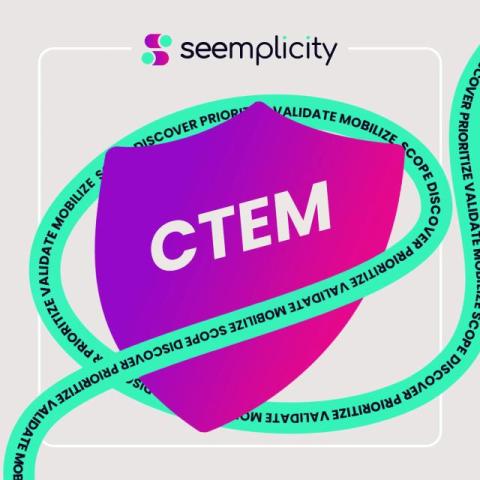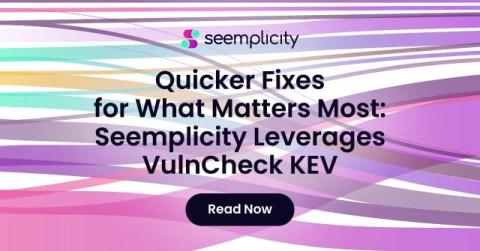Key Aspects of a Successful Remediation Plan | Seemplicity
Kevin Swan, Senior Product Marketing Manager at Seemplicity, dives deep into the essential components of a successful remediation plan. Learn how to transform vulnerability management chaos into scalable remediation plans by focusing on four critical areas: identifying what needs to be remediated, locating vulnerable assets, assigning responsible teams, and implementing effective remediation strategies.











